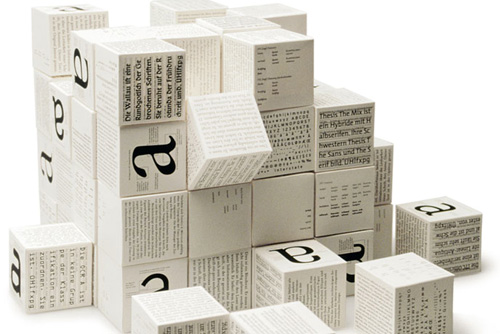Point-rating technology assessment of knowledge
 Greetings to each and every one who reads this article as it will deal with the fact that in one way or another concerns each of us - about education.
Greetings to each and every one who reads this article as it will deal with the fact that in one way or another concerns each of us - about education.Some text to dive into the topic. And so in general about education in our country, the statistics are:
Of those employed in the Russian economy (100%) have
HIGHER PROFESSIONAL EDUCATION
total: 27, 8%
men: 25.2%
women 30.5%
')
INCOMPLETE HIGHER PROFESSIONAL
total: 1.5%
men: 1.4%
women 1.5%
according to data published on the website of the department of the FEDERAL SERVICE OF STATE STATISTICS OF THE RUSSIAN FEDERATION.
We all know how learning takes place in state universities, for those who have forgotten remind:
There is a basic educational program, it is divided into blocks and topics. During the entire period of study, students take disciplines in accordance with the curriculum. I do not know what specifically influenced the changes in the format of students' knowledge assessment, but I suspect that this is due to the Bologna process and the transition to the levels of education undergraduate and graduate.
And so, what changes are coming in the rules of the game for the student, the university, and the teacher.
and here are some
Point-rating technology assessment of knowledge based on the documentation and software - hardware base. And I would like to dwell on the second component and carry out a kind of decomposition. And the first block in my de compositional model will be the scoring model. To the attention of the public I want to offer the following scoring algorithm:
We will evaluate the classroom work, attendance and outside classroom work.
Classroom work is divided into practical lessons, so-called answers from the field and business games.
For each lesson, a student can get a grade not higher than the maximum score set by the teacher (conditionally from 1 to infinity), then we get the sum of all ratios of marks to the maximum grade and divide by the number of lessons in which the student received marks and equate to one hundred marks ( conventionally, it is possible to equate to any scale) by multiplying, we get a weighted average value - which will be the point for classroom work.
Attendance - was or was not
Everything is simple here - we subtract from the total number of past classes the number of missed ones by the number of past classes and we bring these numbers to the established scale (tentatively, 100 points)
Outside classroom work
Counting is exactly the same as in the case of classroom work, with the exception that all classes are required to be counted.
It now remains for us to calculate the final score.
To do this, distribute the weight for each type of activity:
- Class work 40 points
- Attendance 30 points
- Outside classroom work 30 points
We get the total score scored by the student by adding the relationship of each intermediate point to the sum of all weights. For those who understand the code, and there are such, it must be assumed that I propose a line of code in which this operation is implemented:
$STUDENT_ITOG_att[$w][2] = round((($STUDENT_ITOG[$w][1]*40)+($STUDENT_ITOG[$w][2]*30)+($STUDENT_ITOG_att[$w][1]*30)) / 100, 2);Summing up this article, I would like to hear your comments on this method of knowledge assessment.
Source: https://habr.com/ru/post/130572/
All Articles